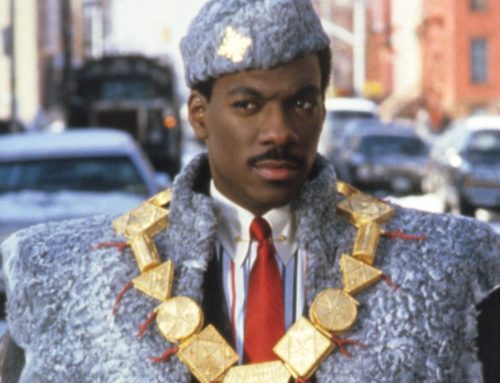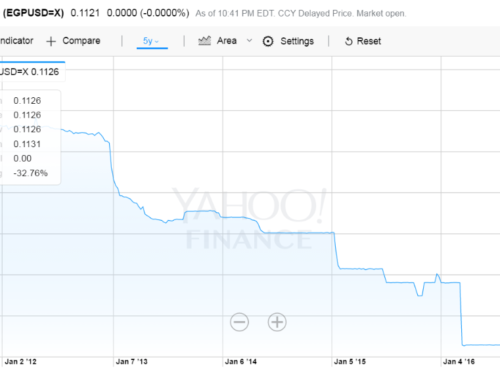Crossposted on Foreign Policy: Transitions.

What has changed in Tunisia since opposition leader Chokri Belaid was assassinated? I’ve asked many Tunisian friends that question. Most remained silent for a few seconds, smiled sadly, and whispered, “not much.” One, a well-known activist, noted bitterly that what was clear was that Belaid didn’t die “for that incompetent man (Laarayadh) to become prime minister”.
It was one month ago that the left-wing leader was assassinated at his home in the Tunisian capital. The following day, February 7, the country’s largest trade union, the UGTT, called a national strike, bringing the country to a halt for the day. According to the Ministry of Interior, an estimated 1.4 million Tunisians attended Belaid’s funeral in Tunis, 13.2 percent of the population. In the United States, that would be the equivalent of 41.4 million people. The number is probably inflated, but whatever the accurate figure was, it’s a crowd that Tunisia hasn’t seen since the revolution in 2011. Not to be outdone, the Islamist ruling party, Ennahda, rallied its supporters and staged two mass meetings in the following days. For a moment it seemed as though politics had returned to the streets.
But now it all seems to have fizzled out.
Graffiti artists have stenciled Belaid’s mustache and mole, his most visible facial attributes, all over Tunisia’s walls — both physical and digital. His widow, Basma Khalfaoui, and their 8-year old daughter Nayrouz, have become the symbol of a defiant and dignified Tunisia, a nation that’s capable of getting back on its feet no matter how hard the blow, one that can still see clearly through the tears.
Belaid was one of the most vocal oppositionists in Tunisia, though he was not the most popular. He was not a candidate for prime minister. The party he headed, the Unified Democratic Nationalist Party, did not lead the opposition.
He was, however, a vociferous critic of the ruling Islamists and their political project, which has so far failed to answer popular demands and, more importantly, has proven incapable of creating the national unity the country so badly needs. He was also particularly critical of Ennahda’s leniencytoward the more extreme elements in their own party as well as within the Salafist movements, which often threaten violence and, indeed, have resorted to it on several occasions. Belaid himself was the target of such threats, both in private (as his family has attested) and in public. It is only one of the many ironies of this story, however, that Belaid has served time in prison, under former presidents Bourguiba and Ben Ali, for his work as an activist lawyer — defending (Ar.), among others, many Salafis, who were unjustly accused according to anti-terrorism legislation.
Many voices (including members of Belaid’s family) have accused Ennahda of orchestrating the murder, especially party leader Rached Ghannouchi, who was often the target of Belaid’s criticisms. Basma Khalfaoui’s stated unequivocally: “Ennahda’s political leadership is involved.” Zohra Abid, editor-in-chief of the leading news portal Kapitalis, pointed the finger (Fr.) at the Revolution Protection League (LPR), which she called “the armed and terrorist wing of Ennahda.”
So far, four people have been taken into custody in connection with the murder, but the killerremains on the run.
On the political side, Prime Minister Hamadi Jebali first declared, in an impassionate speech, that he would form a new cabinet of technocrats. Though observers promptly pointed out that he did not have the authority to do such a thing, and his own party flatly rejected the idea, he still managed to dilly-dally around it for over a week before admitting that his proposal had failed. He subsequentlyresigned, apparently against the party’s will. Three days later, secret internal party elections named Minister of Interior Ali Laarayadh as Prime Minister, who went on and kissed the forehead of party leader Rached Ghannouchi as a sign of obeisance before pledging an “inclusive cabinet for all Tunisians.”
It is hardly less than scandalous for the very man who was in charge of national security at the time of Belaid’s assassination to not only escape responsibility for his failure of leadership — he squarelyput the blame on the radical Salafist movement, a wildly unprofessional statement to make before the trial — but to actually get a promotion.
It was hardly surprising that activists opted to take to the street once again. On February 23, a protest was organized on the iconic Bourguiba avenue, under the slogan “Who Killed Belaid?” The protestors repeated the same slogan during demos on February 27, and then again on March 6th, though with weakening participation each time.
It’s highly likely that the perpetrator of the crime will be identified, but it is equally likely that no one will be held politically responsible. The question “Who Killed Belaid?” will probably remain unanswered.
So now what? A new cabinet, representing the very same Ennahda-Ettakatol-CPR ruling coalition, was unveiled just this Friday. Nineteen of the 28 former ministers remain in office. A couple of independents have joined the cabinet, the most notable among them being Lotfi Ben Jedou, renowned state prosecutor in the governorate of Kasserine, whose work in leading the investigations in crimes related to the 2011 Revolution earned him national plaudits (interview in Arabic here).
The Tunisian popular movement seemed to get a new breath of life as Mr. Belaid expired his last one. As the government attempts to divert public sentiment, Tunisian activists and politicians will face the hard job of pushing back, maintaining pressure on the government and preventing it from irrevocably consolidating its power over the state’s institutions.
Otherwise, Nayrouz Belaid will have indeed lost her father in vain.



